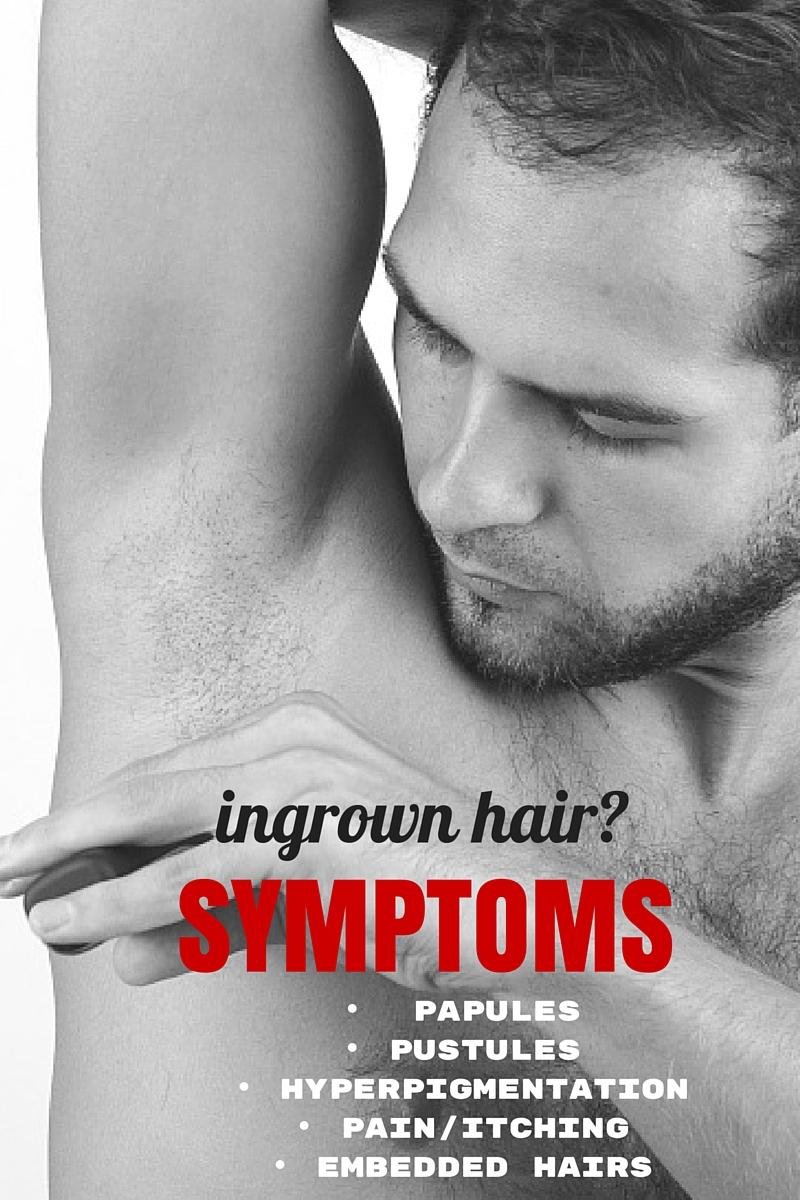Symptoms Of A Ingrown Hair - Ingrown hair can be a common problem for many individuals, especially those of us with coarse hair. The condition is often characterized by hair that curls and grows back into the skin, causing inflammation, pain, and unsightly bumps. Fortunately, there are several remedies and preventive measures that one can take to minimize the occurrence of ingrown hair. Below are some useful tips and ideas for dealing with this pesky problem.
What Is Ingrown Hair?
Ingrown Hair Overview
Ingrown hair is a skin condition where hair curls back or grows sideways into the skin, causing inflammation and irritation. It can happen anywhere on the body, but is most common on areas where hair is frequently shaved or waxed, such as the face, neck, armpits, legs, and bikini area. The condition can also occur after a hair follicle becomes clogged, hindering the hair from breaking through the skin's surface.

Causes of Ingrown Hair
Symptoms Of Ingrown Hair Itching
Ingrown hair can have various causes. The most common cause includes improper hair removal techniques like shaving too closely, using dull razors, and waxing. Also, individuals with curly hair have an increased risk of ingrown hair since their hair tends to curl back into the skin. Additionally, tight clothing and accessories can also cause friction, resulting in an ingrown hair.

How To Prevent Ingrown Hair
Preventing Ingrown Hair
The best way to prevent ingrown hair is by taking necessary measures before, during, and after hair removal. One of the easiest and most effective ways to avoid ingrown hair is by making sure that hair is an adequate length before hair removal. Shave in the direction of hair growth and avoid going over the same area too many times when shaving. Use a sharp razor, and shaving cream or gel to minimize irritation. After hair removal, exfoliate the area to remove any dead skin and prevent clogging of hair follicles.

Remedies For Ingrown Hair
Treating Ingrown Hair
If you are experiencing ingrown hair, there are several remedies to alleviate the pain, itchiness, and inflammation. You can apply warm compresses to the area to soothe the irritation, or use a clean, sterile needle to gently remove the ingrown hair if it is visible. Applying a topical cream or ointment can also help to reduce inflammation and prevent infection. As a last resort, a dermatologist can perform a surgical or laser procedure to remove the ingrown hair.

Conclusion
Ingrown hair can be an inevitable occurrence for some of us but, fortunately, there are several measures we can take to prevent and treat it. Proper hair removal techniques, exfoliation, and using the right equipment can all help avoid ingrown hair. Additionally, utilizing warm compresses, topical creams and ointments, and visiting a dermatologist when all else fails can help reduce the inflammation and irritation that comes with ingrown hair. By following these tips, you can avoid ingrown hair and maintain a smooth, healthy skin.
View more articles about Symptoms Of A Ingrown Hair